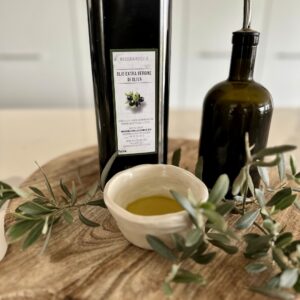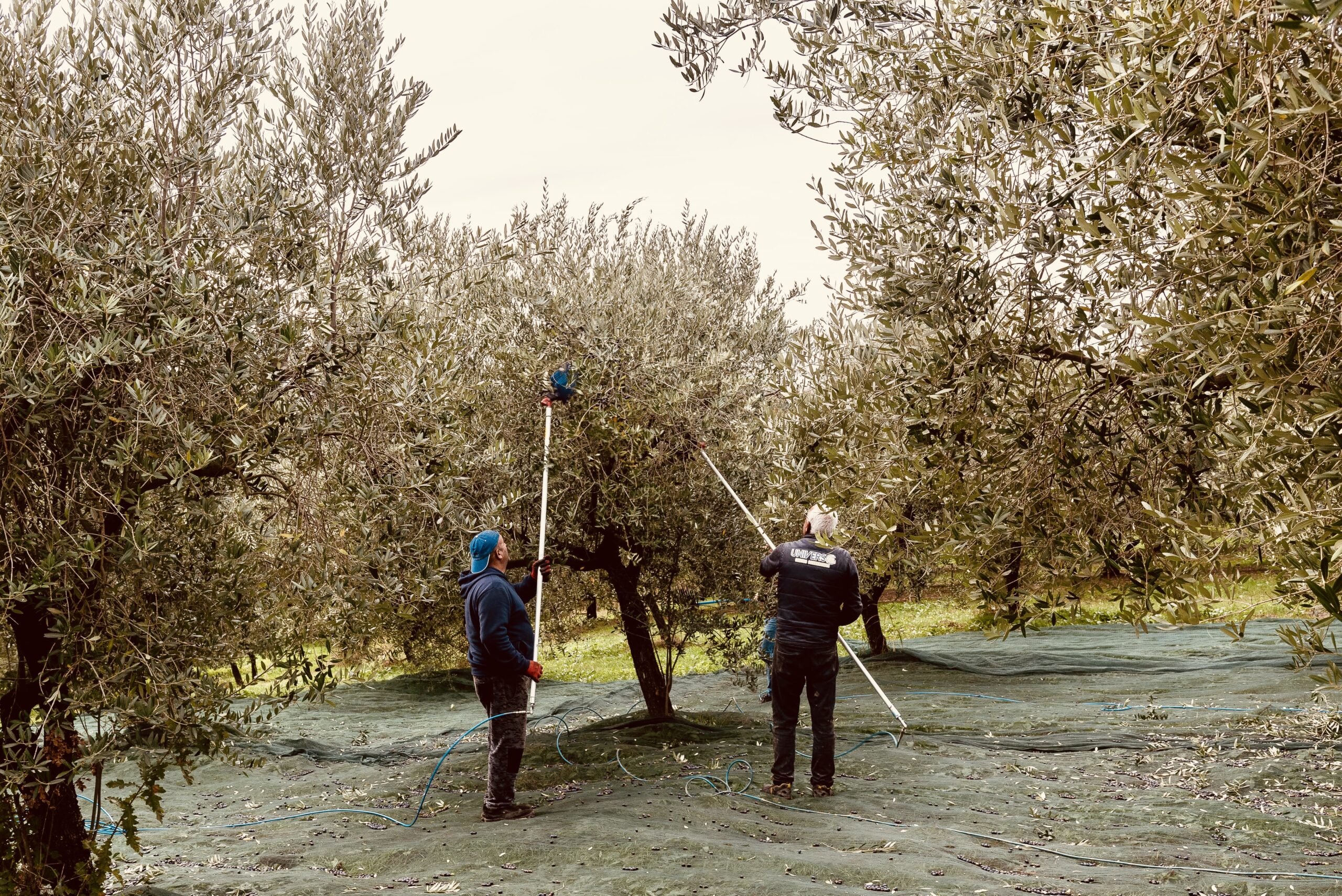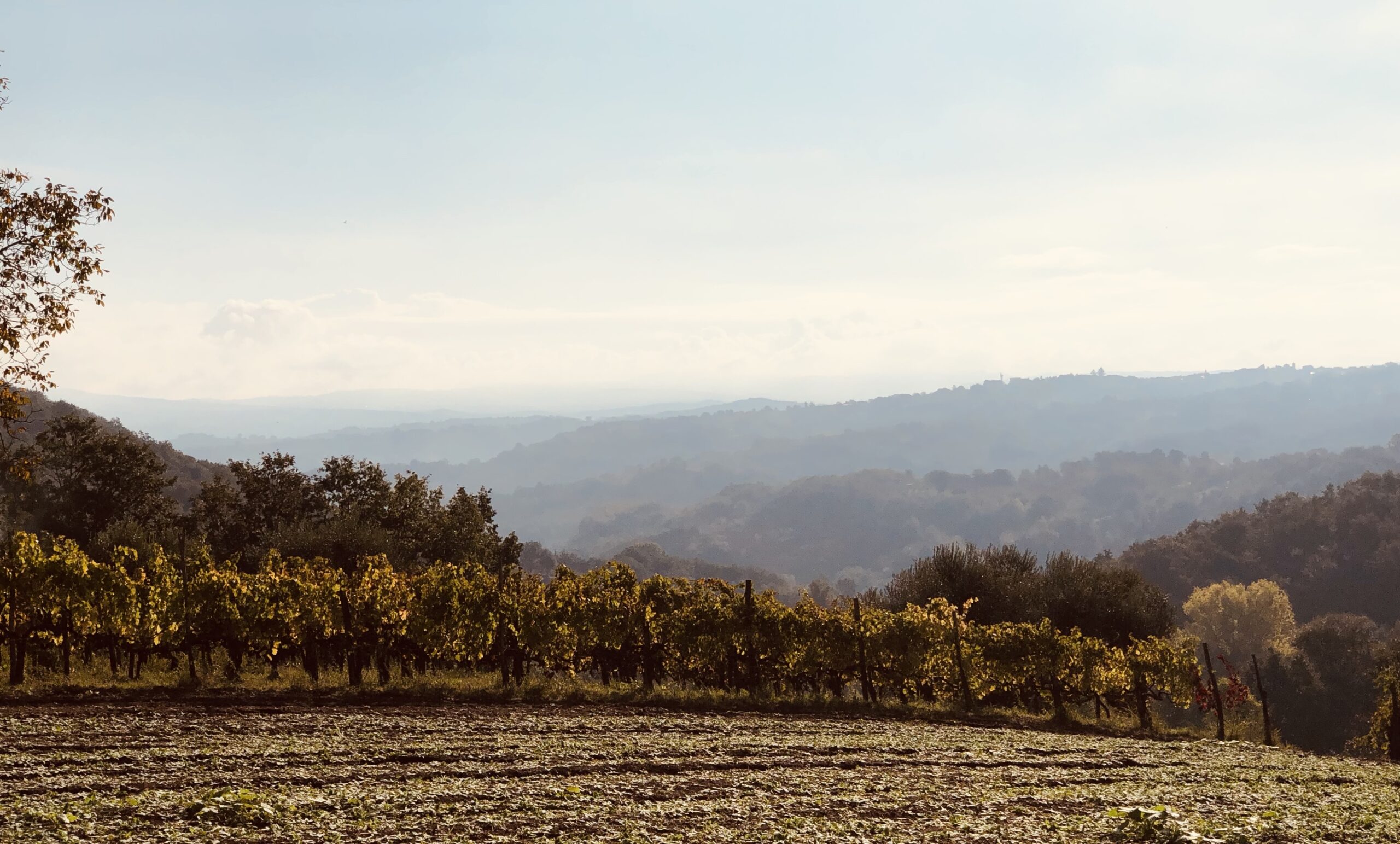The process of olive oil production from grove to bottle. Olive oil, often referred to as “liquid gold,” is a staple in kitchens worldwide, known for its rich flavor, health benefits, and versatility. Before it reaches our tables, olive oil undergoes a fascinating transformation. From the delicate olive fruit on the tree to the final golden liquid we pour into our dishes. Let’s take a journey through the process of olive oil production.
1. Cultivation and Harvesting of Olives
The process of olive oil production begins in the olive groves, where the olive trees (Olea europaea) grow. These trees, primarily found in Mediterranean regions, thrive in a warm, temperate climate. It takes about three to five years for an olive tree to start producing fruit, and up to a decade to reach full production.
Olives typically ripen from green to black, and the timing of the harvest can influence the flavor and quality of the oil. Early harvests, when olives are still green, yield oil with a more robust, peppery flavor. Later harvests, when the olives are fully ripe, produce a milder oil.
Harvesting is usually done between October and January. Traditional methods involve handpicking the olives or using long poles to knock them from the trees onto nets spread below. Modern methods might use mechanical shakers to gently vibrate the olives loose.
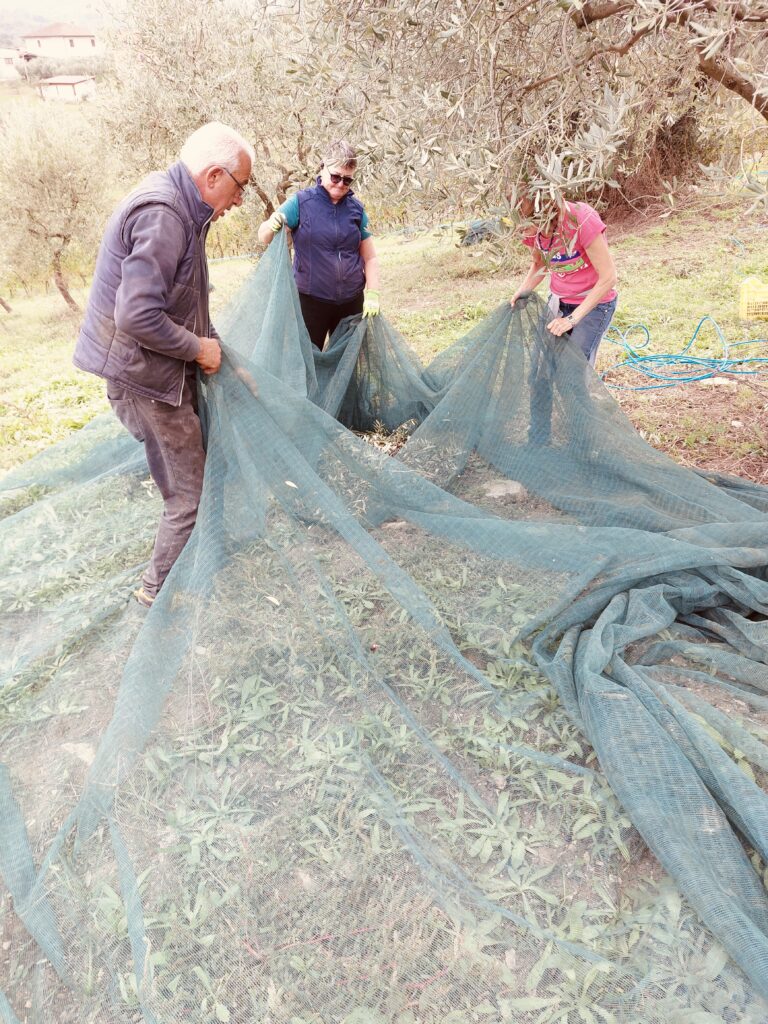
2. Sorting and Cleaning
Once harvested, the olives are quickly transported to the mill to prevent spoilage. At the mill, they are sorted to remove leaves, twigs, and any damaged or rotten fruit. Furthermore the clean olives are then washed thoroughly to remove any dirt or pesticide residues. This ensures that only the purest fruit proceeds to the next stage.
3. Crushing the Olives
The washed olives, including the pits, are crushed into a paste using either traditional stone mills or modern stainless-steel rollers. This step releases the oil from the olive cells and is crucial in determining the flavor profile of the final product.
In ancient times, stone mills were commonly used, where large circular stones were rolled over the olives. Today, most producers use mechanical crushers for greater efficiency and consistency. The resulting olive paste is then ready for the next step in the process.
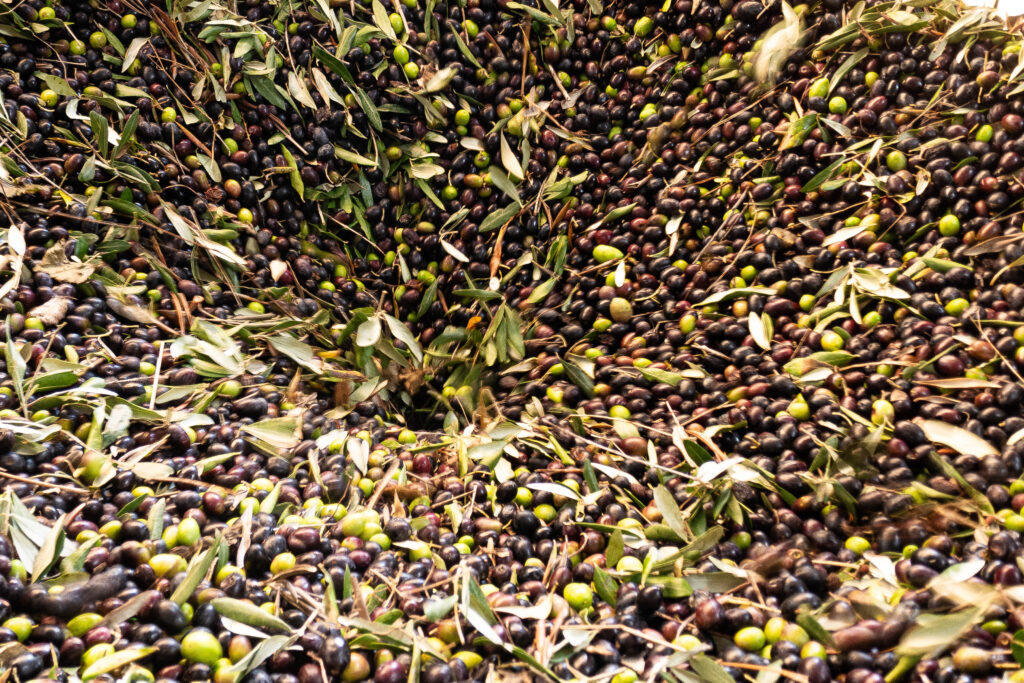
4. Malaxation
Malaxation is the process of slowly churning or mixing the olive paste to encourage the oil droplets to combine into larger drops. This process usually takes 20 to 40 minutes and is done at a controlled temperature, typically around 27°C (80°F), a process known as cold-pressing. Keeping the temperature low helps preserve the volatile compounds responsible for the oil’s flavor and aroma.
5. Extraction of the Oil
After malaxation, the next step is to separate the oil from the rest of the olive paste. There are two primary methods of extraction: pressing and centrifugation.
Extraction Types:
– Traditional Pressing: In this method, the olive paste is spread onto mats, which are stacked and then pressed under high pressure to squeeze out the liquid. The liquid extracted is a mixture of oil and water.
– Centrifugation: Modern olive oil production typically uses centrifuges. The olive paste is spun at high speeds, causing the oil to separate from the water and solid components. Centrifugation is faster and more efficient than traditional pressing and is widely used in the industry today.
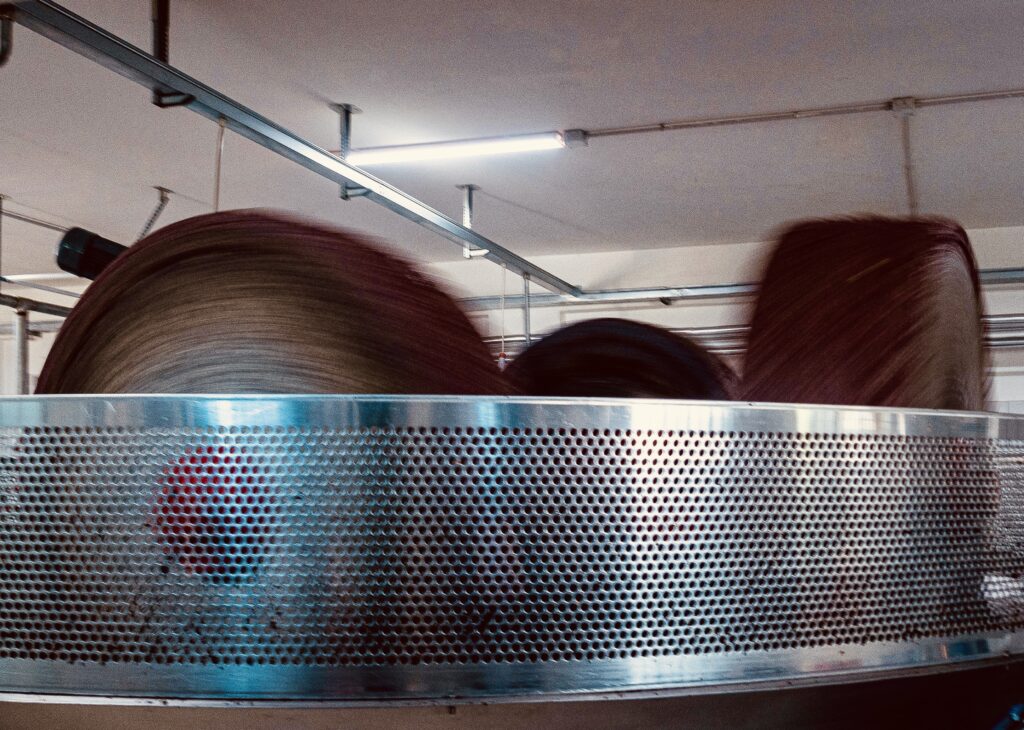
6. Separation and Clarification
Once the oil is extracted, it undergoes a final separation process to remove any remaining water and tiny bits of olive. This is often done using a vertical centrifuge. The result is a clear, pure oil, although some producers prefer to keep their oil unfiltered for a more robust flavor.
Thereafter this step, the oil might be stored in stainless steel tanks, where any remaining solids can settle out naturally. This storage process also helps protect the oil from light and oxygen, which can degrade its quality.
7. Bottling & Storage
Finally, the olive oil is ready to be bottled. The oil is typically stored in dark glass bottles or metal containers to protect it from light, which can cause oxidation and rancidity. Once bottled, the oil should be stored in a cool, dark place to maintain its quality and freshness.
8. Quality Control
Throughout the production process, various quality control measures are in place to ensure that the final product meets the standards required for extra virgin olive oil, the highest quality category. Subsequently this includes chemical analyses to check for acidity levels and taste tests by professional olive oil tasters to ensure the oil has the characteristic flavor profile.
The production of olive oil is both an art and a science, requiring careful attention to detail at every stage. Therefore from the careful cultivation of olives in the grove to the meticulous extraction and bottling processes, each step plays a crucial role in determining the quality of the final product. The result is a golden liquid that not only enhances our food but also brings a piece of Mediterranean tradition and culture into our homes. Thus, the next time you drizzle olive oil over your salad or dip your bread into it, take a moment to appreciate the journey it took to get there.
Visit our shop to order the new seasons olive oil from Masseria Rosella. Due in stock in November
